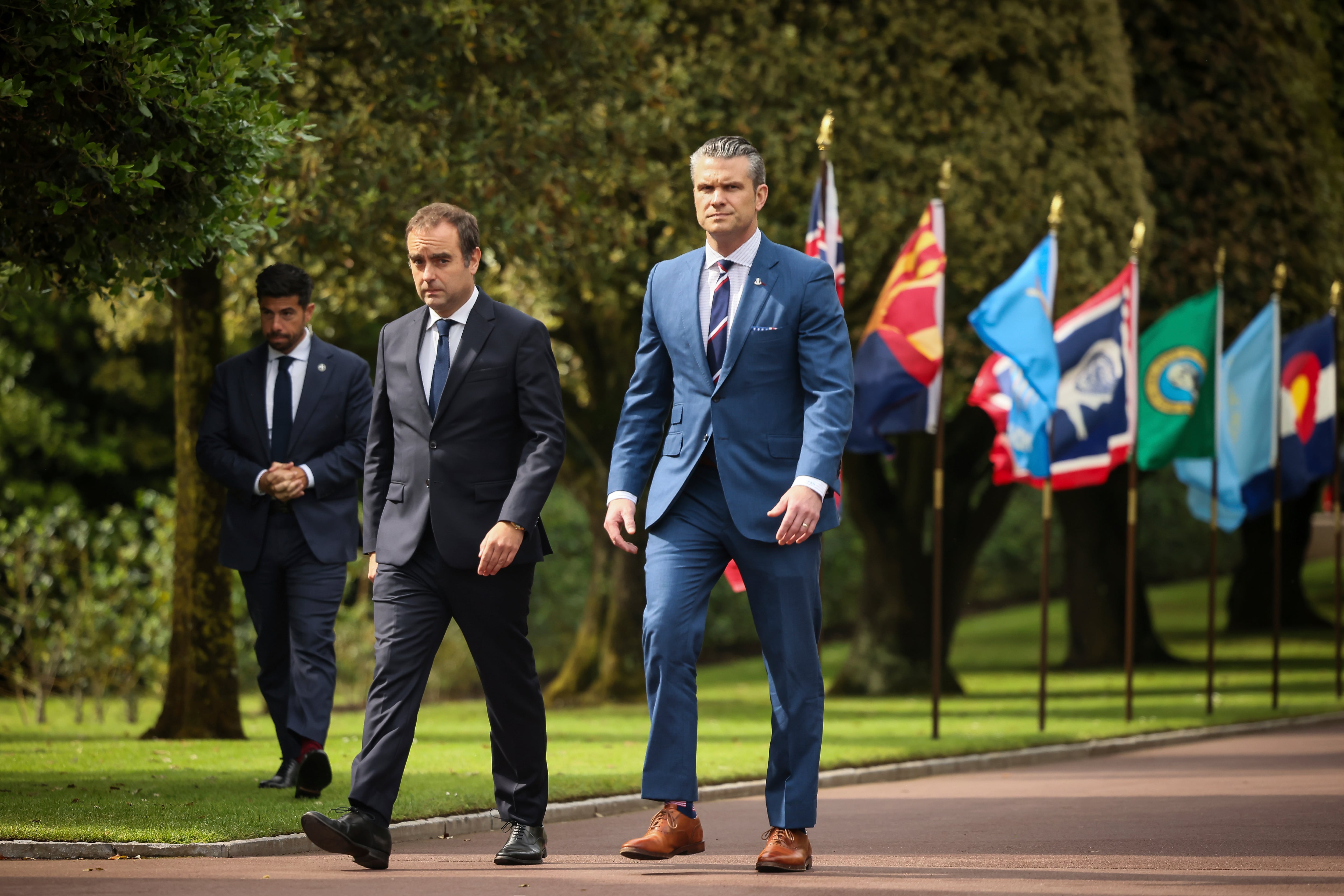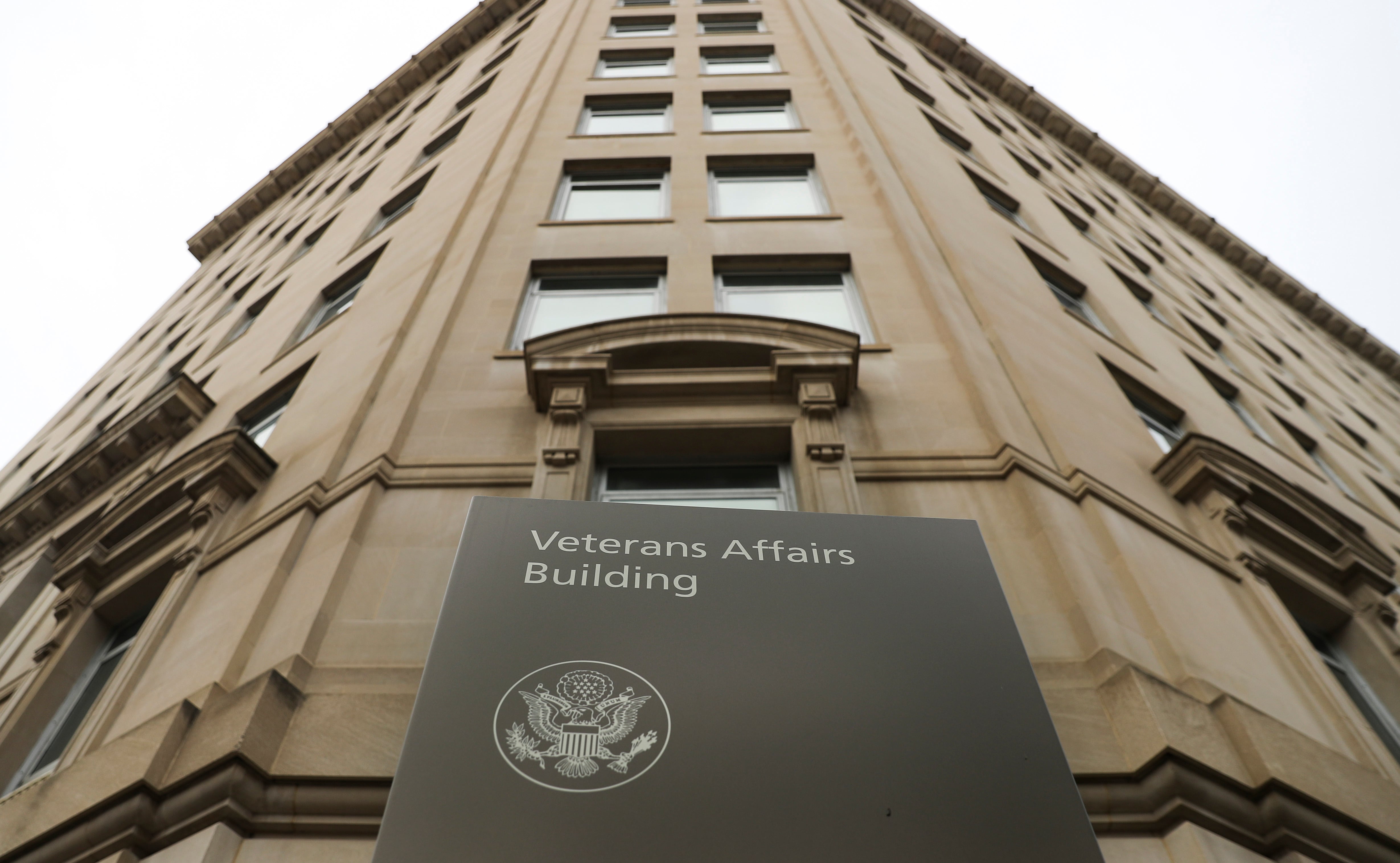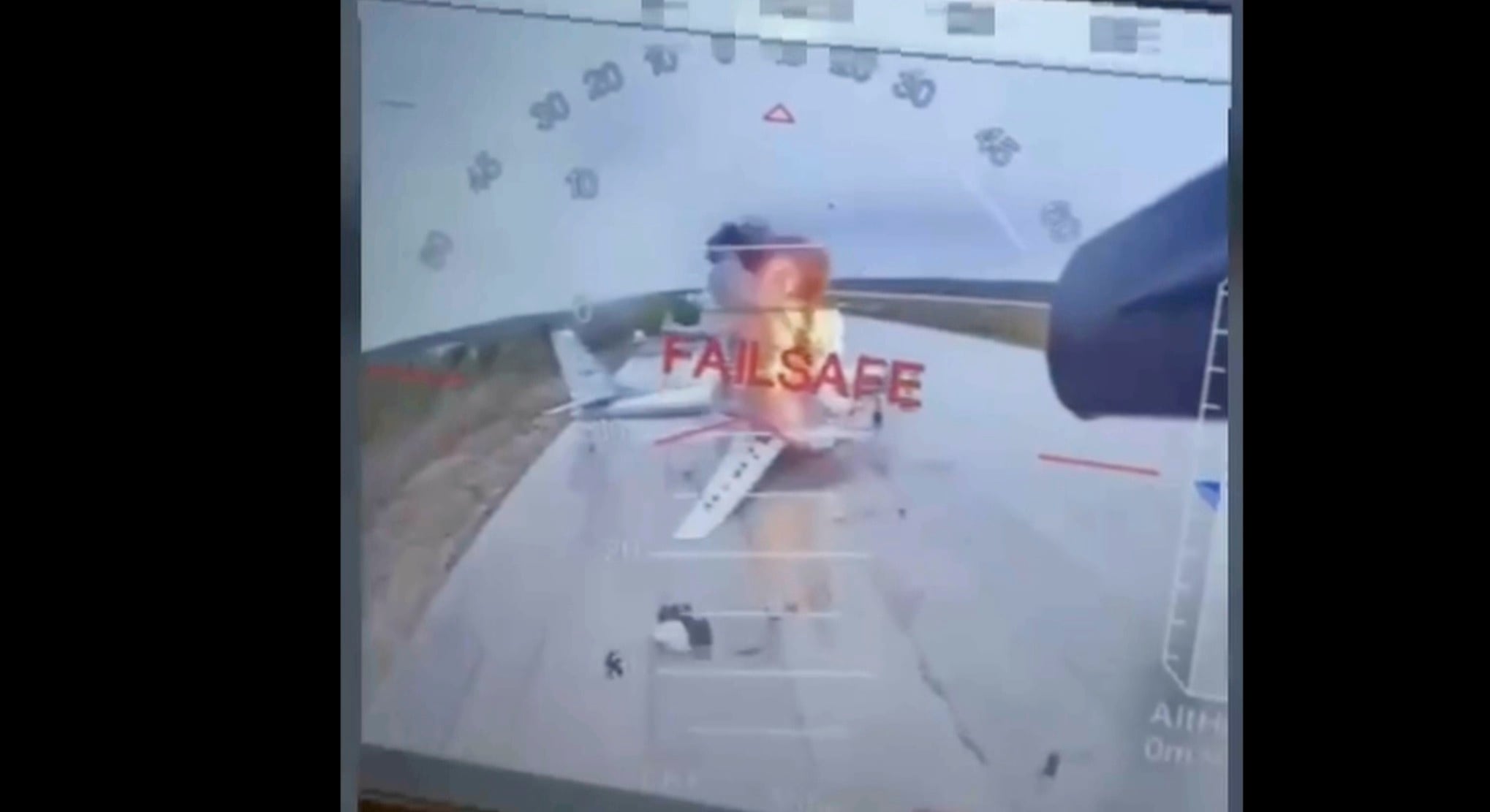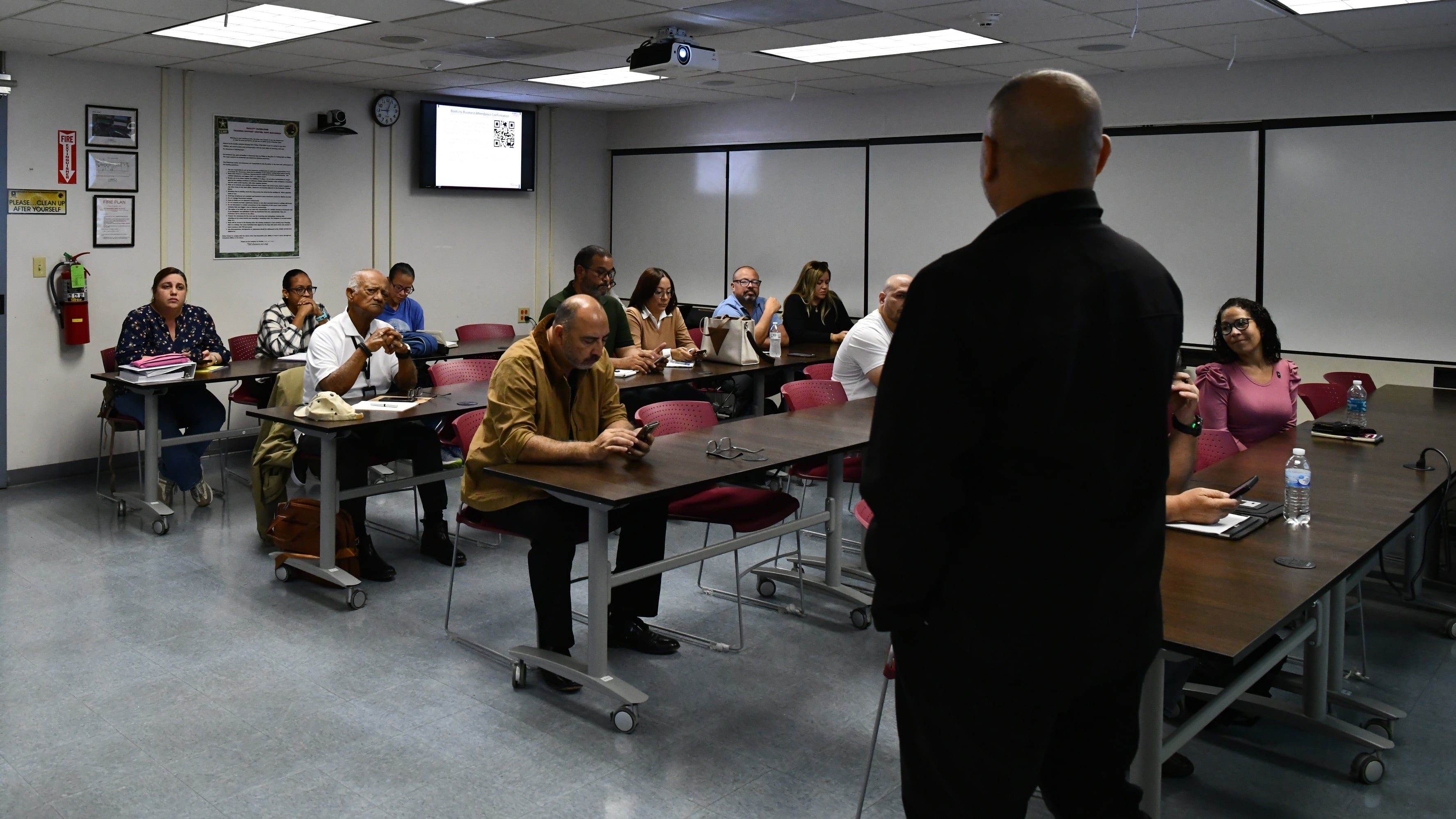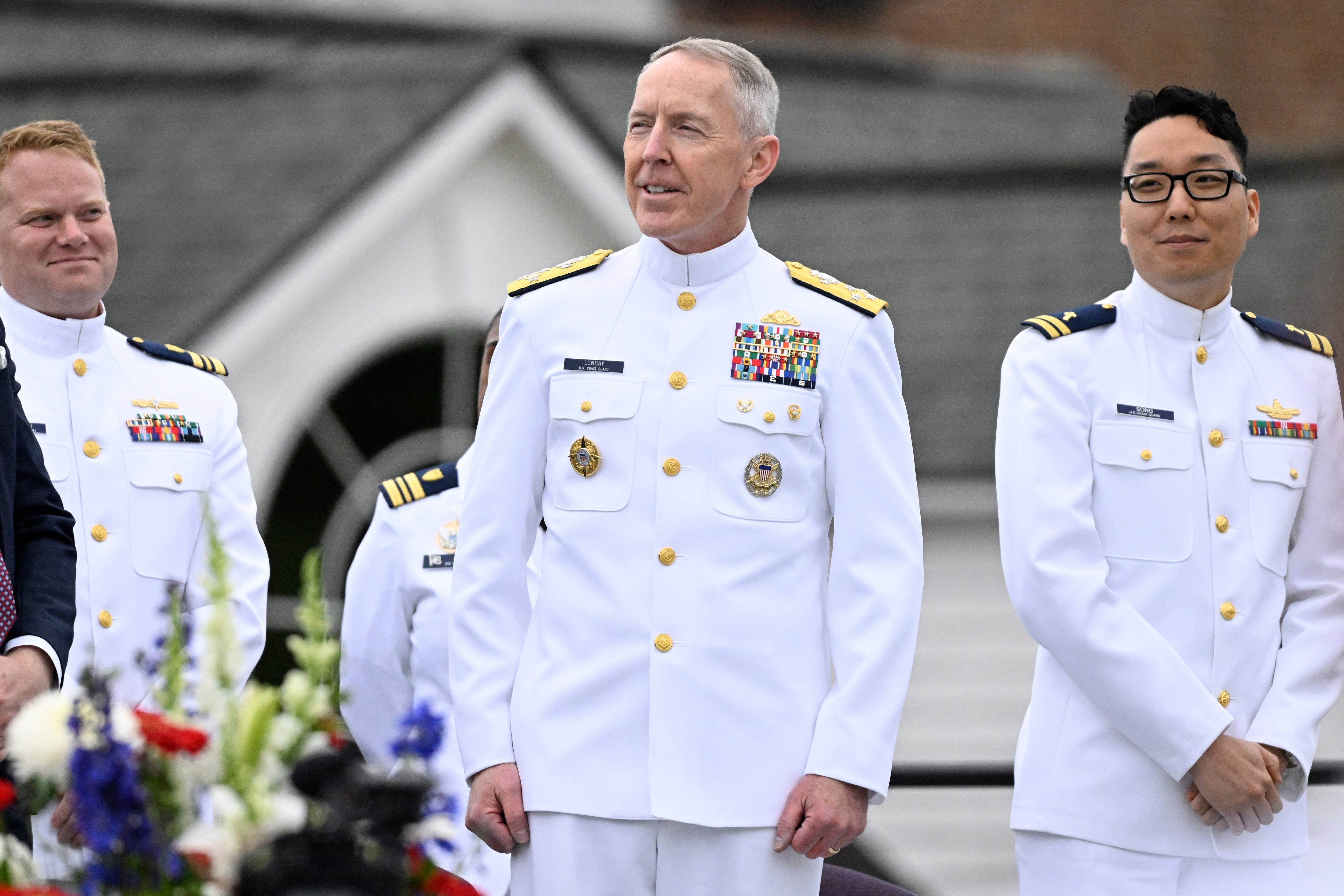A U.S. Navy P-8A Poseidon surveillance aircraft was flying in international airspace over the Mediterranean sea Wednesday when it was intercepted by a Russian SU-35, Navy officials said.
The Russian fighter jet reportedly conducted a high-speed inverted maneuver in front of the Poseidon, coming as close as 25 feet from the nose of the U.S. aircraft.
The maneuver “put our pilots and crew at risk,” a statement from U.S. 6th Fleet said.
“The crew of the P-8A reported wake turbulence following the interaction. The duration of the intercept was approximately 42 minutes.”
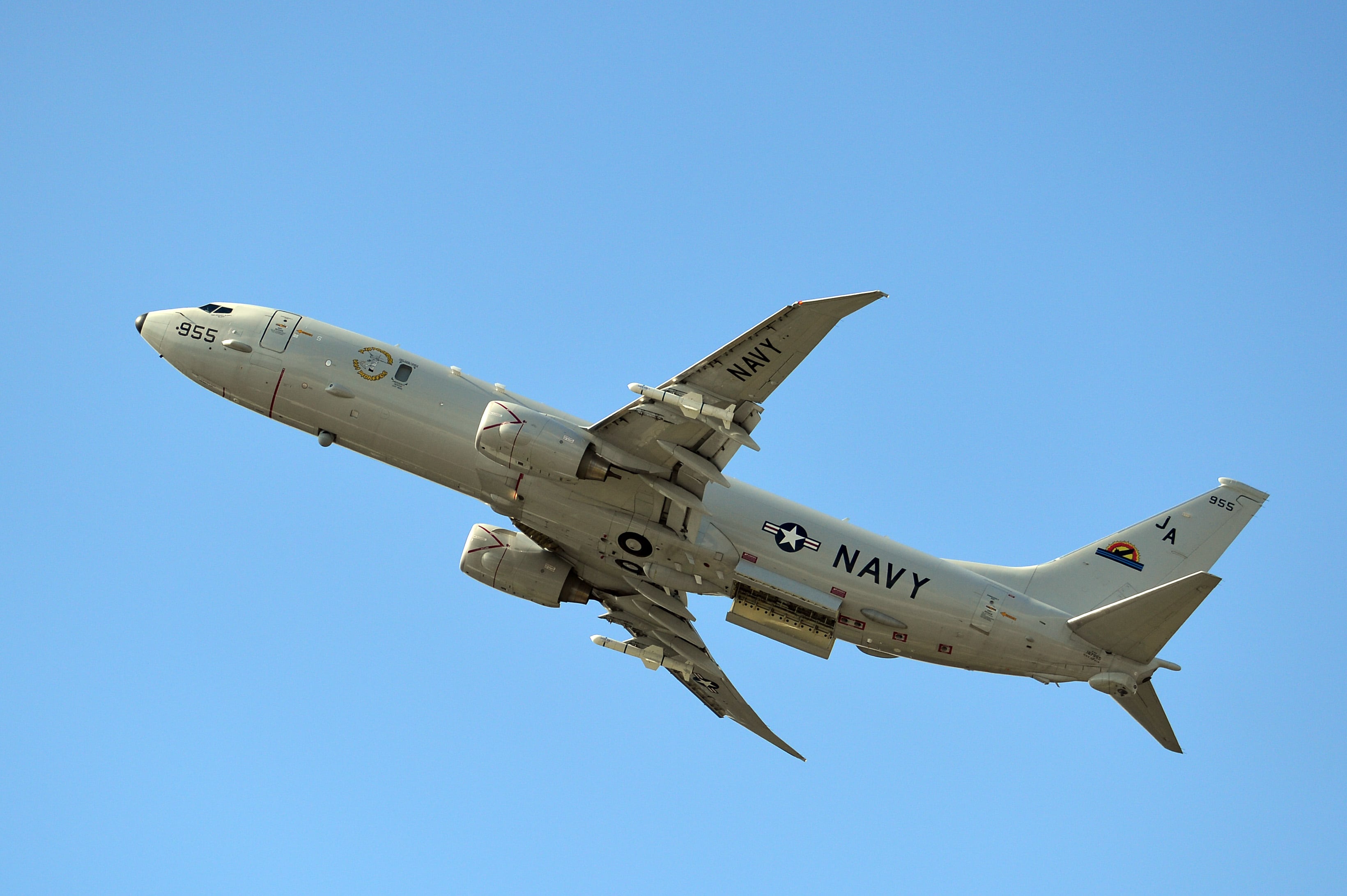
Navy officials called the actions of the Russian aircraft “irresponsible.”
“We expect them to behave within international standards set to ensure safety and to prevent incidents, including the 1972 Agreement for the Prevention of Incidents On and Over the High Seas.”
U.S. 6th Fleet officials said the P-8A Poseidon was operating “consistent with international law and did not provoke this Russian activity.”
“Unsafe actions increase the risk of miscalculation and potential for midair collisions,” officials said.
The incident Wednesday was the second in which U.S. personnel were harassed in “unsafe” and “unprofessional” actions.
According to U.S. Naval Forces Central Command, 11 Islamic Revolutionary Guard Corps vessels harassed six U.S. warships operating in the north Persian Gulf.
The IRGC vessels “repeatedly conducted dangerous and harassing approaches” of several U.S. warships as American vessels conducted air integration exercises, U.S. Navy Forces Central Command said.
The Arleigh Burke-class destroyer Paul Hamilton, the expeditionary mobile base vessel Lewis B. Puller, and the Coast Guard ships Wrangell and Maui were among the ships in formation.
J.D. Simkins is the executive editor of Military Times and Defense News, and a Marine Corps veteran of the Iraq War.


